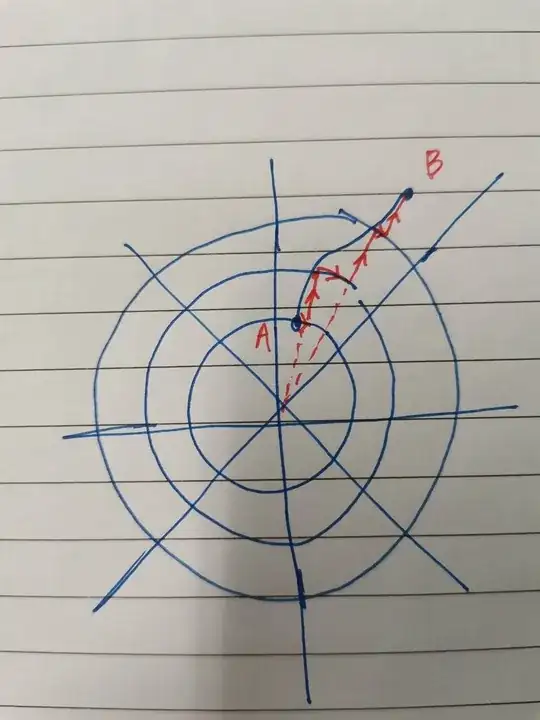A force field $F_i(x)$ is conservative if for every curve $C$ from a point $y_1$ to a point $y_2$, we have $\int\limits_C F_i(x)\mathrm{d}x^i$, so that the energy difference between $y_1$ and $y_2$ is independent of the curve taken from one to the other. Equivalently, the integral around a closed curve must be zero, $\oint\limits_C F_i(x)\mathrm{d}x^i=0$ for every closed curve $C$.
This is the definition of conservative force. Okay I agree but What I cannot understand is How did you verify that between two point in a gravitational field the work done in moving a object from one point to another is independent of the path, I mean there are literally infinite numbers of path that we can have between those two point so How can we say that it is independent of path ?
How did you reach to the conclusion that gravity is a conservative force ?
